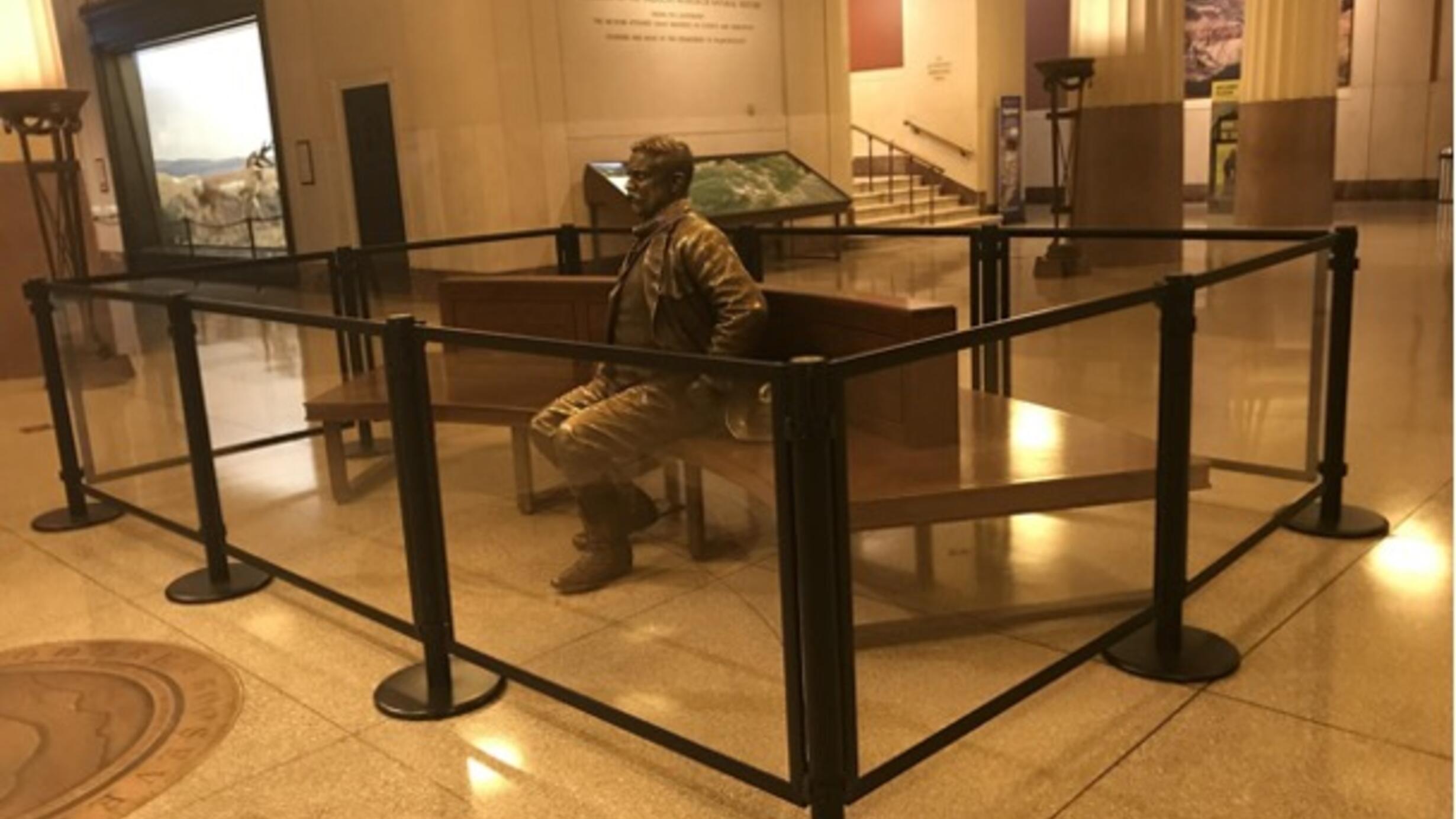
Citation:
Hammerness, K., MacPherson, A., Wallace, J. & Chavez-Reilly, M. (2021). Pivoting in a Pandemic: An evaluation of the American Museum of Natural History educational programming during the COVID-19 pandemic-related museum closure. Report prepared for the Education Department at the American Museum of Natural History.
Summary:
This report examined the efforts of all nineteen programs across the education department of AMNH to move from in-person programming to remote, during the museum closure due to the COVID-19 pandemic. The purpose of the evaluation was to lay the groundwork for reflection and future work by gathering systematic data on our work in order to learn from the shifts and changes we made during this time. We also intended to examine any impacts on our audiences from the standpoint of participation, access and equity; and specifically, to understand how and to what degree our outreach to different audiences was sustained and any changes that might have occurred.
Citation:
Wallace, J., MacPherson, A., Hammerness, K., Chavez-Reilly, M., & Gupta, P. (2021). Pivoting in a pandemic: Supporting STEM teachers' learning through online professional learning during the museum closure. Journal of STEM Outreach 4(3). https://doi.org/10.15695/jstem/v4i3.11
Summary:
Drawing on data from STEM teacher education programs collected during museum closure due to the COVID-19 pandemic, this article examines the shifts that a large natural history museum made in educational programming. We explore three questions; who participated; the nature of participants’ experiences with programming; and what we learned as an education department within and across teacher education programs by drawing on systematically collected quantitative and qualitative data. We draw upon case study data to delve into our online teacher professional learning offerings as an example, and then ground it within data and findings from our other teacher education programs at the museum offered during the closure. We conclude by identifying implications for developing ongoing work with teachers going forward. During a time of extreme uncertainty and tragedy, this article seeks to document and capture the innovative approaches developed to help support teachers, continue educational efforts, strive to act as an agent of change, as well as address challenges that emerged in the move to remote programming.